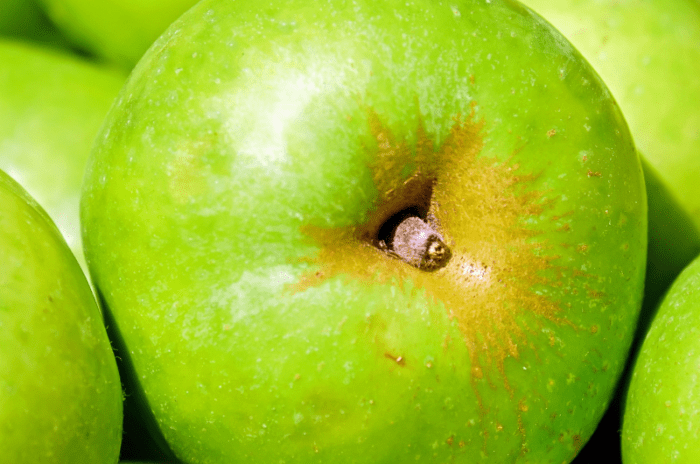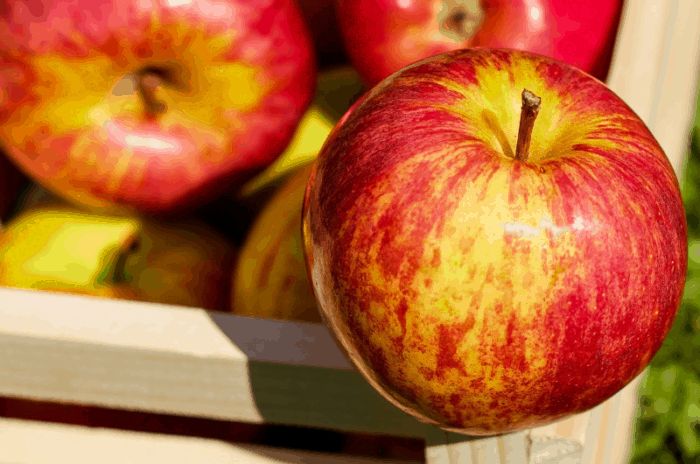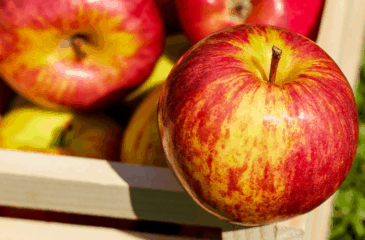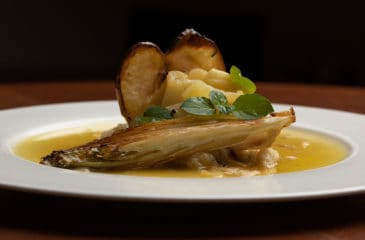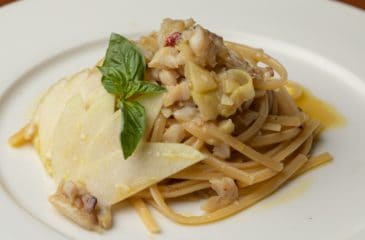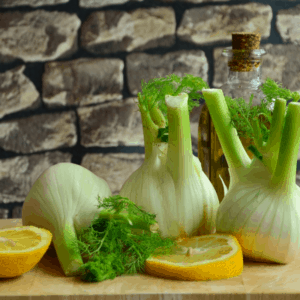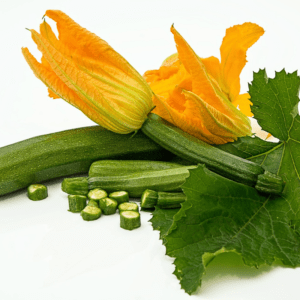Apples truly represent the perfect fruit for many consumers: genuine, healthy, and suitable for almost any age, cheap, easy to find and very easy to eat.
From East Asia, the apple tree (Pirus Malus) spread to Egypt, where, under the reign of the pharaoh Ramesses II (13th century BC), it was cultivated along the Nile valleys.
From here the cultivation spread to Greece (in the 4th century BCE Herodotus describes the grafting technique).
From Greece, the apple then arrived in Rome.
Apples contain a good amount of sugars, pectin, mineral salts, malic and citric acids.
They are easily digested, and have a refreshing, detoxifying, diuretic, antidiarrheal and relaxing effect.
They increase salivary secretion, which is stimulating for the digestion; they have a decongestant effect on the liver and help regulate intestinal flora.
The most common apple varieties in Italy are:
- fuji apples (reddish, sweet and very juicy)
- red apples (including royal gala, which is eaten both raw and cooked, it has a sweet and aromatic flavour)
- yellow apples (such as golden delicious, appreciated for its crunchiness and its sweetness)
- green apples (granny smith, ideal for the preparation of juices or smoothies and cooking)
- rennet apples (this variety has a slightly flattened shape, with a yellowish skin and dark spots, very common in South Tyrolean cuisine)
- Annurca apples (called the ‘queen of apples’, known above all for the outstanding quality of its fruit, with crisp, firm, white, pleasantly acidulous and juicy flesh, with a characteristic aroma and very fine fragrance).
Apples are widely used in cooking for sweet and savoury dishes. In the food-processing industry, they are used for jams, cakes, juices, liqueurs and creams, and they are also used for cosmetics and medicinal purposes.
About 85% of their weight is water; the rest is mainly carbohydrates; they are high in vitamins, especially vitamins A, E and C.

